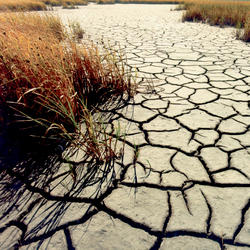Projects by Region
Each region of the country contains its own unique ecosystems, communities, and cultural values. Regional CASCs work with partners to develop products that address specific climate adaptation needs of wildlife, ecosystems, and people in the states within their footprints. Browse our projects by region below or use our Project Explorer database to explore our science.













